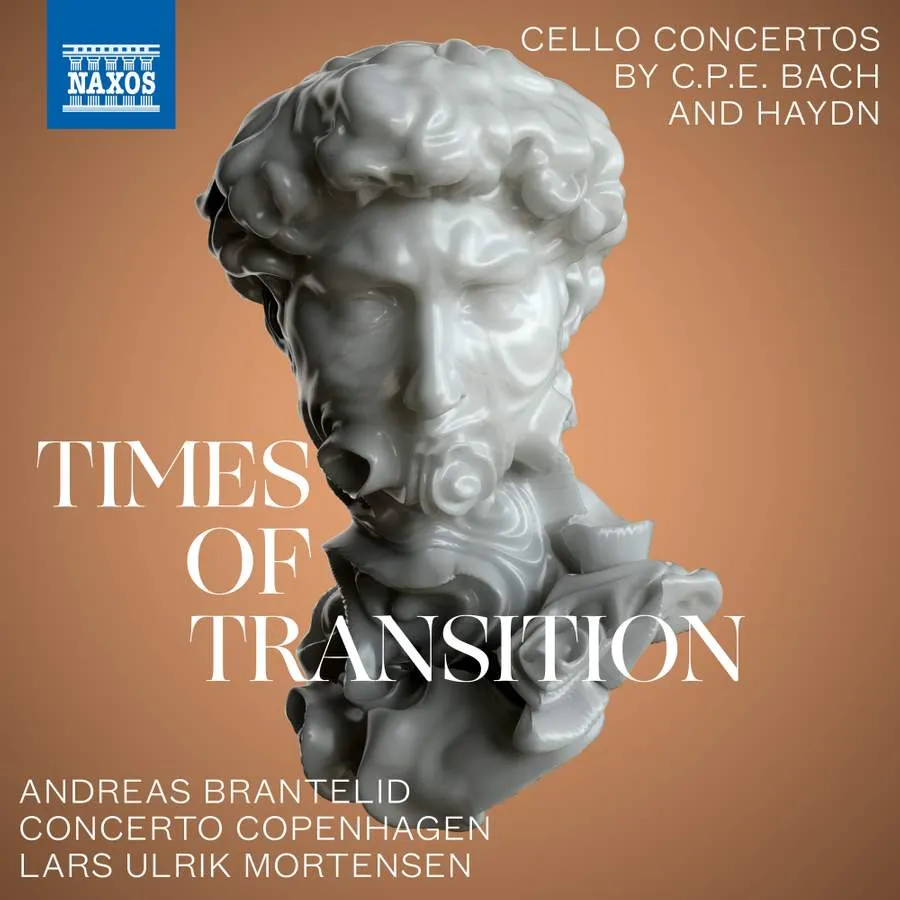
Times of Transition CPE Bach: Cello Concerto No. 3; Haydn: Cello Concertos Nos 1 & 2 Andreas Brantelid (cello); Concerto Copenhagen/Lars Ulrik Mortensen Naxos 8.574365 65:40 mins
The ‘Times of Transition’ concerned are between the late-Baroque manner of the 1750s and the Classical style of the 1780s. Carl Philip Emanuel Bach’s A major Concerto dates from 1753. Its outer movements – a sprightly duple-time allegro and a fizzing gigue – still adhere to the alternating ritonello-solo structures of his father’s concertos, but with mannerist surprises. The slow movement is a sombre, muted sarabande featuring long, eloquent arches of solo melody.
Haydn was around 30 when he composed his C major Concerto. It’s moderato opening movement may feature strutting Baroque rhythms but gradually takes on a more developmental course. And after its elegantly strolling middle movement, its virtuoso sonata-form finale unfolds with all the dash of his earlier symphonies. The D major Concerto from some 20 years later is far closer to Mozartian Viennese classicism in manner, prodigal of themes for the usually-economic Haydn in its long opening movement, and genially laid-back throughout. The late doyen of Haydn scholars, HC Robbins Landon, thought it rather slack and unmemorable.
He might have changed his mind had he heard the finely nuanced account by the brilliant young Swedish-Danish cellist Andreas Brantelid, who plays throughout this recording with an outstanding sweetness of tone that does not preclude gutsiness or fantastic dexterity where Haydn’s often demanding writing requires. The 15-player period ensemble Concerto Copenhagen, directed from the harpsichord by Lars Ulrik Mortensen, accompanies stylishly; and if the soloist is placed rather far forward in the spacious recording, who could complain with playing like this?
Bayan Northcott